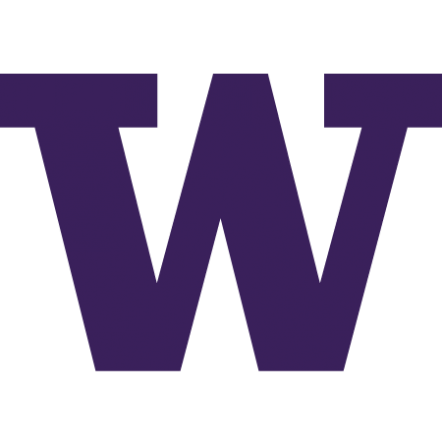The Washington Nanofabrication Facility (WNF) is an open-access, nanofabrication facility at the University of Washington that is also a part of the UW Institute for Nano-engineered Systems (NanoES) and the National Science Foundation’s National Nanotechnology Coordinated Infrastructure (NNCI).
The lab contains a large plethora of equipment with some categories including, lithography, etching, deposition, core processing, and metrology. Since the lab is open access, anyone can apply to use it and WNF is able to handle all manners of micro and nano-fabrication in areas from natural life sciences to semiconductor processing. University researchers and industry clients are active in a wide range of applications and research areas, some of which include, biosensors, silicon photonics, genomic sequencing, and many more.
Some recent research breakthroughs that have occurred at the WNF include:
- In November of 2021, researchers at WNF as well as Princeton University developed an ultra-compact camera, the size of a grain of salt. “The system relies on metasurfaces fabricated at Washington Nanofabrication Facility to produce crisp, full-color images on par with a conventional camera lens 500,000 times larger in volume, the researchers reported in Nature Communications.”
- In July of 2021, two UW ECE faculty members received a four-year grant to develop a new type of computer chip that uses laser light for AI and machine learning computation. “The research team is working toward combining its phase-change material with microelectronics circuitry at the Washington Nanofabrication Facility.”
To learn more about the Washington Nanofabrication Facility please click here.

